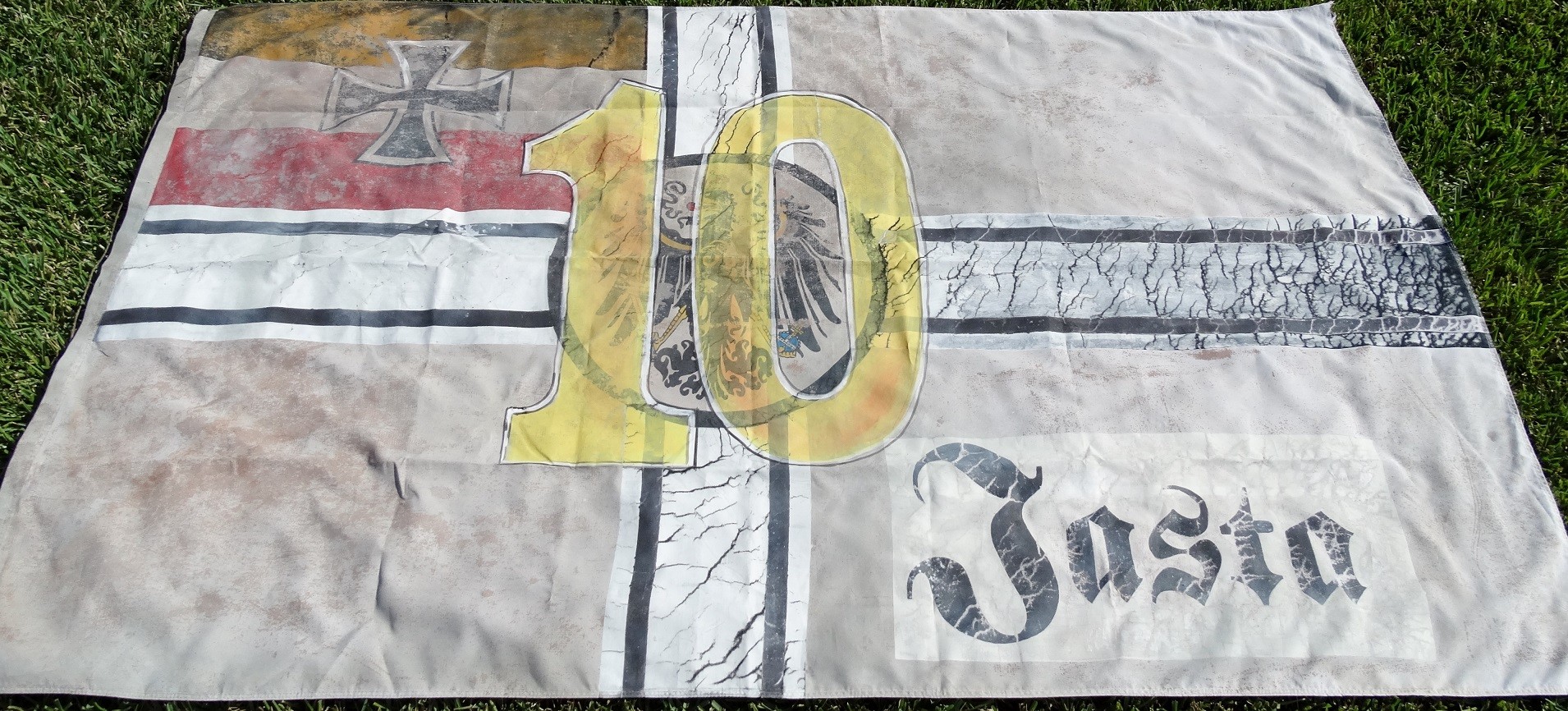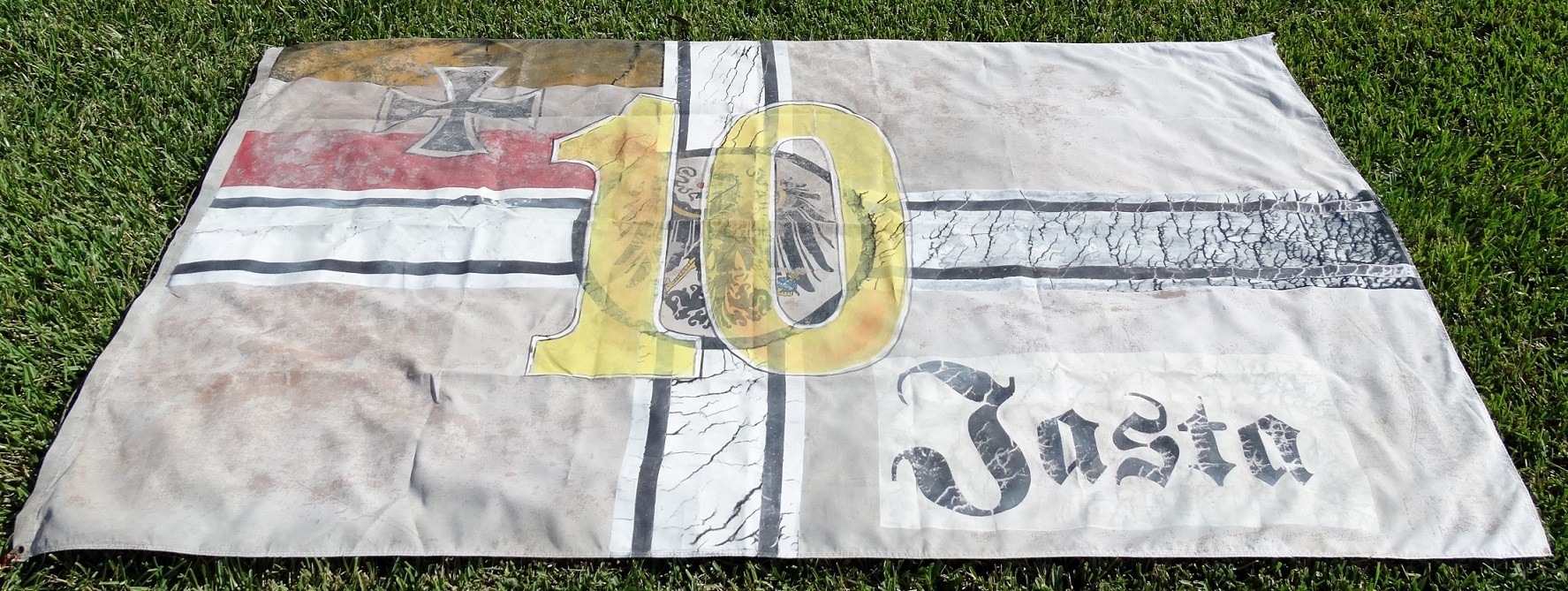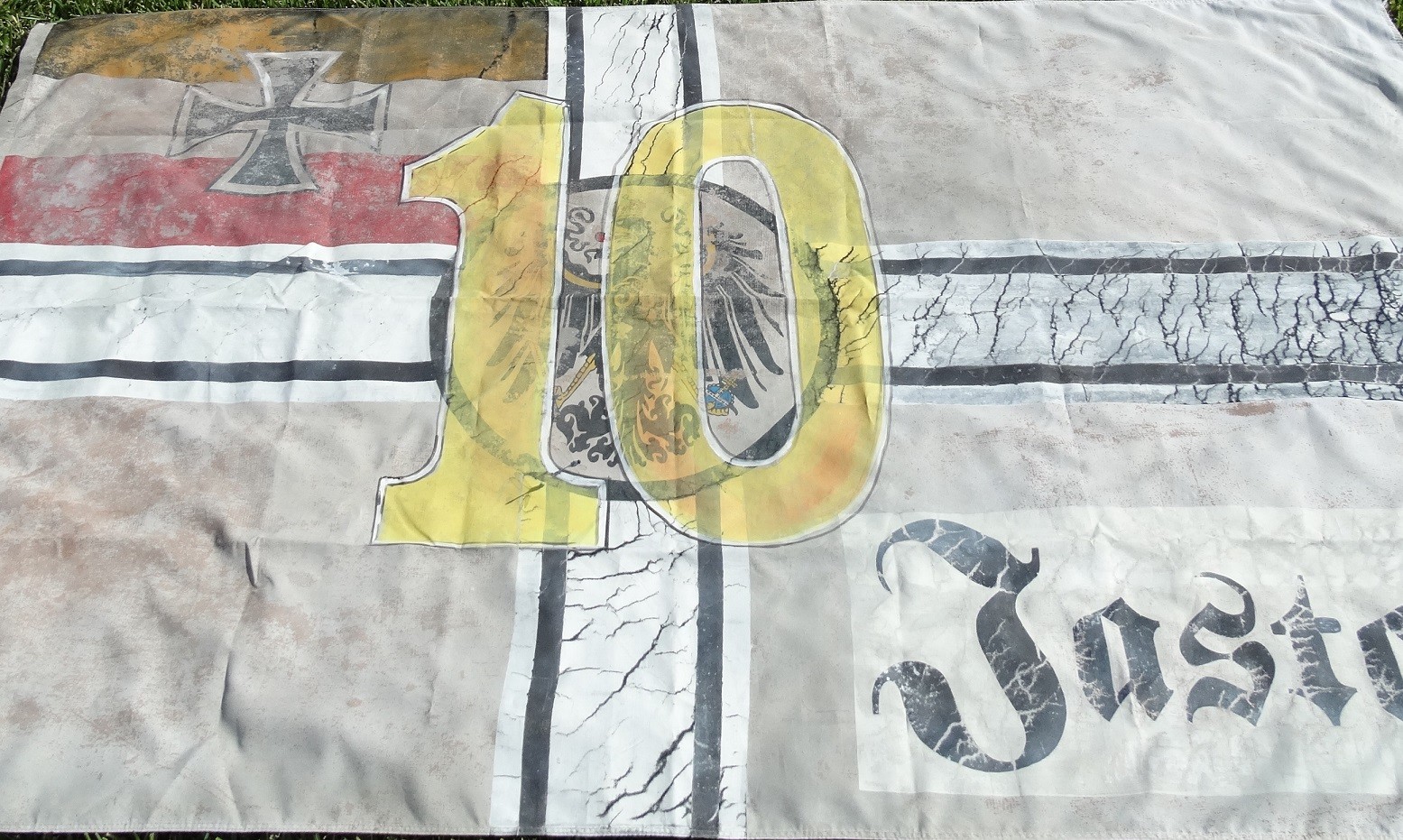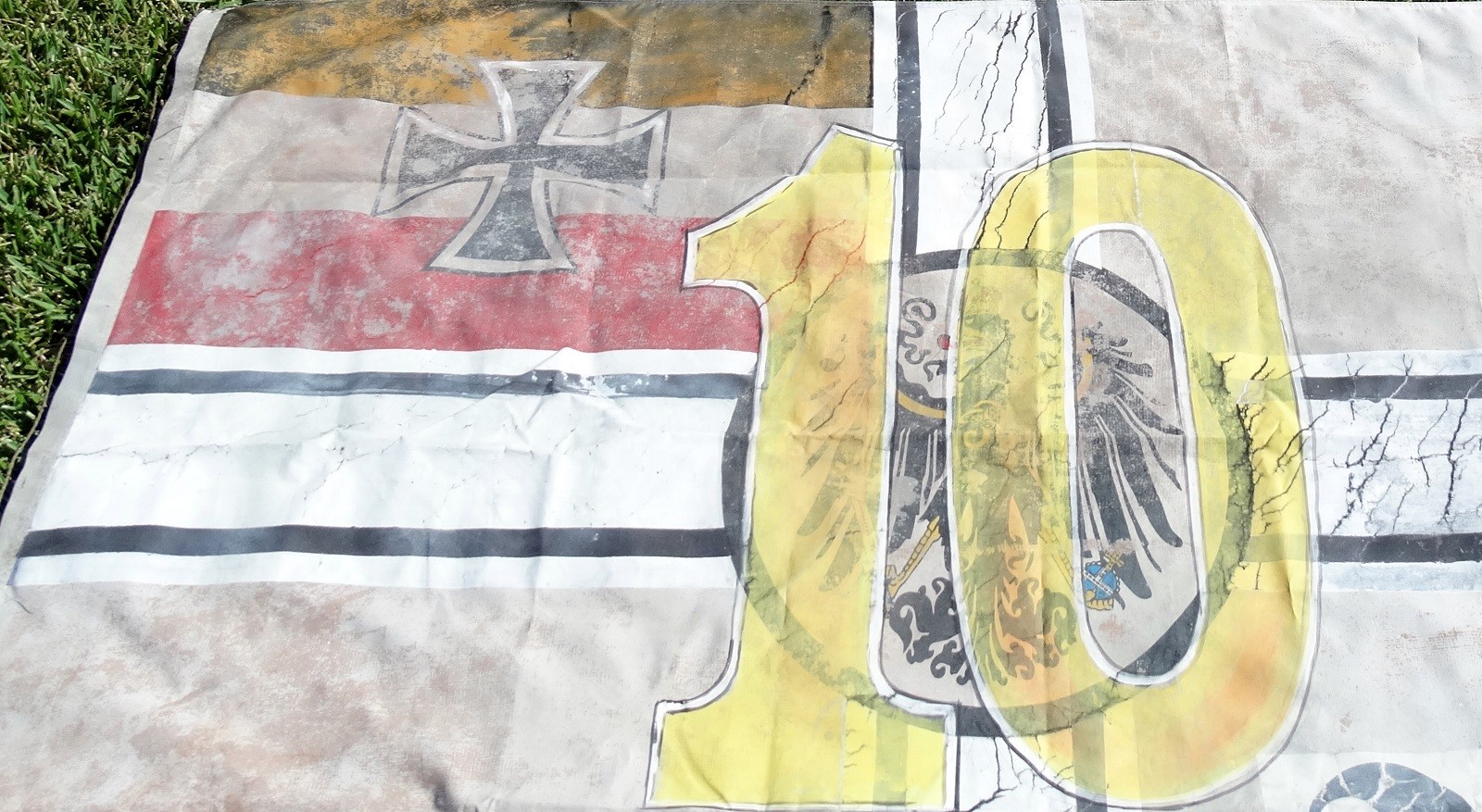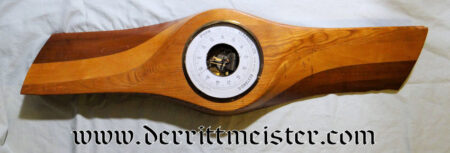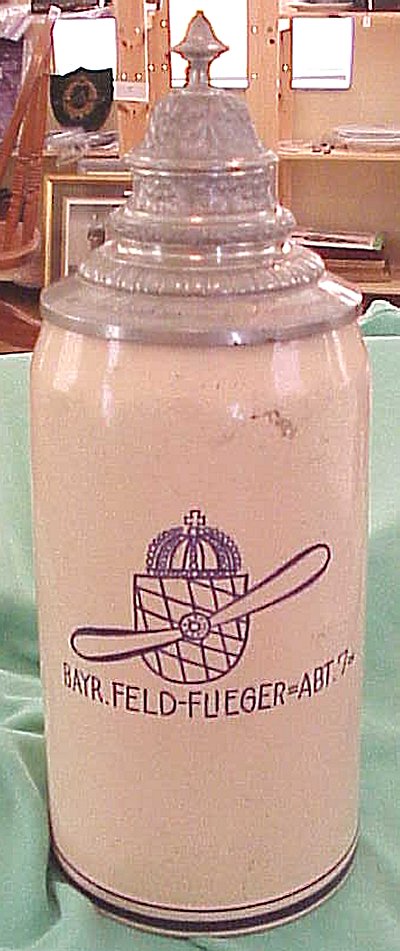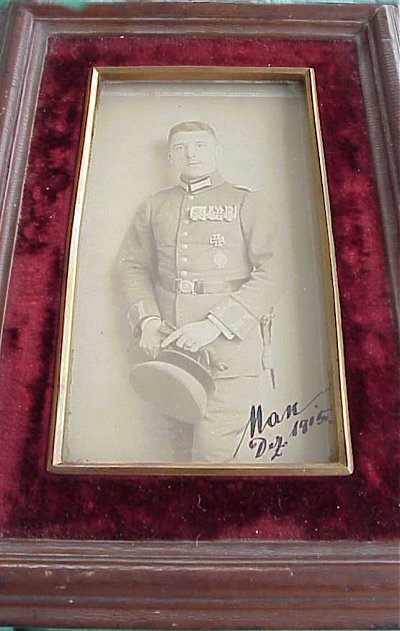Description
The movie The Red Baron (Der Rote Baron when originally released) is the story of Manfred von Richthofen. Today we are offering a flag used in that film. The Red Baron was filmed in Germany and released in 2008. Those of you who know me are aware that the hit movie The Blue Max (1966), was based on Jack D. Hunter’s best-selling novel. It is what inspired my lifelong love of Imperial Germany. As influential as the movie and novel have been in my life, I believe the German-made Der Rote Baron is a superior film. I am well aware of its faults, including a fabricated involvement with Roy Brown that utterly surpasses recorded historical truth, as well as a blatantly 21st Century interpretation of Käte Otersdorf’s character and romantic involvement with von Richthofen. Although much rumor and speculation exist about a possible relationship between the two, all we know from the historical record is that Otersdorf was the Baron’s nurse in July 1917, following the first time he was shot down. No credible evidence has surfaced to indicate otherwise. However, it made a compelling “Hollywood” storyline! As I once pointed out to Jack Hunter when he complained about The Blue Max film’s historical inaccuracies, mainstream motion pictures are NOT produced to satisfy historians, Imperial German Period enthusiasts, or antique collectors. They are created to ENTERTAIN as many average moviegoers as possible, thereby generating massive worldwide profits from ticket, concession, and DVD sales. Having a good-looking young woman jump into bed with the movie’s hero can help sell plenty of tickets and popcorn. If you do not demand the historical accuracy of a scholarly documentary, The Red Baron is a great ride. During its two hours, I take off my “professional glasses” and simply enjoy the flying scenes, costumes, soundtrack and so on. Viewing it in such a manner, I find it easy to call it one of the best WW I aviation movies I have seen. I think its creators did a heck of a job with their green screens and computer graphics. Yes, they played fast and loose with the real Käte Otersdorf, Roy Brown, and Werner Voß. So be it, it remains a very enjoyable film.
Now, let us consider a few background facts related to the flag we are offering. Most of you know that Manfred von Richthofen’s first command was Jasta 11. In June 1917, he was given command of Jagdgeschwader Nr 1 (JG 1), which consisted of Jastas 4, 6, 10, and 11. [These four squadrons became known as the “Flying Circus” because each Jasta was known for its collage of plane colors. Anyone familiar with the color combinations could identify the planes]. Jasta 10 (created in 1916) joined JG 1 in June 1917. During WW I, Jasta 10’s pilots destroyed 118 airplanes and 33 observation balloons, while losing 20 pilots in air combat. Some of Jasta 10’s best-known commanders were PLM-winners Albert Dossenbach, Ernst Freiherr von Althaus, and the legendary Werner Voß. In the movie, Manfred von Richthofen lands in the hospital after being shot down by Roy Brown on 6 July 1917 [one of the wildly inaccurate plot points. Roy Brown and Manfred von Richthofen only met once – on 21 April 1918]. Following the scene in which von Richthofen finally checks himself out of the hospital, the elevated-above-the-airfield camera pans across the airplanes. If you watch in slow motion (to get all the details), you will glimpse an interesting flag flapping in the breeze. At first, the flag seems to be a conventional kriegsflagge, i.e., an Iron Cross appears in its upper left corner. An encircled Hohenzollern Eagle appears in the flag’s center with Jasta 11 stenciled over it in red. The latter flag is one of four that were commissioned for the film, one for each of JG 1’s four Jastas. I do not know exactly how these were distributed after filming ended, but I can say THIS flag came from a cast member. Only four were made, so this is the only Jasta 10.
The flag is one-sided with a blank reverse. It measures 56” x 93.” From a distance, the flag looks like it is very old. It has been artificially aged, however, to sport the distressed appearance of several years’ worth of flying in the sun and elements. I was quite excited when the flag was offered to me, and bought it right away. It just arrived from Germany, and I wanted to share it with you immediately.
